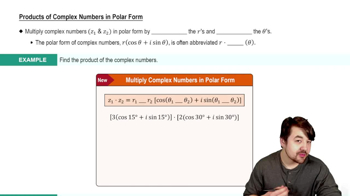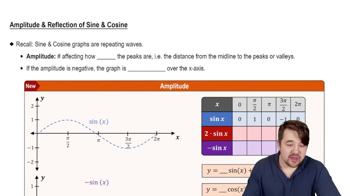Textbook Question
In Exercises 21–28, an object moves in simple harmonic motion described by the given equation, where t is measured in seconds and d in inches. In each exercise, find the following:a. the maximum displacementb. the frequencyc. the time required for one cycle.d = −8 cos π/2 t
700
views






